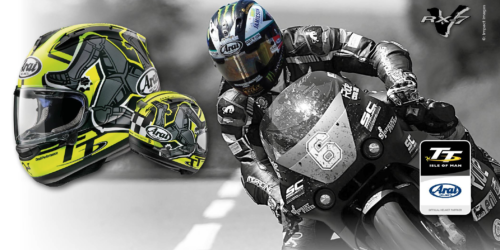when you ride a bike, what do you have to wear? yes, ofcourse you cannot forget HELMETS.
but there are so many varieties so its very hard to choose.
so in this article, I would like to introduce some of the helmet and hope it will help people to choose which one suit you the most.
It is a representative of Japanese sports helmets. In addition to motorcycle helmets, we also have full-face GP-6RC (480,000 yen) that starts with safety hats for construction sites and is used for four-wheel racing, boat racing, horse riding, and F-1.
The first generation Arai Hatsuro established the Arai Hat store on January 10, 1897. After that, I became a contract of the Ministry of Clothing and Ministry of Clothing, and started manufacturing protective caps.
At the time of our founding, we were developing and producing helmets for public competition, but around 1950 we also started developing and producing helmets for motorcycles and automobile races.
In 1977, we announced the Snell 75 standard <Imperial>, and provided helmets to racers active in motor sports such as “Kazuyoshi Hoshino”.
The balance between rigidity and weight reduction, which takes advantage of the impact resistance properties of glass fiber, has been evaluated and the market share has expanded. As of 2009, the monopoly state continues in the horse racing and boat racing fields.
There is a thing called “Arai standard” in Arai, and we have established our own standard so that it can be surely approved for “Snell standard”, which is reviewed every five years.
SHOEI
Following Arai, it is the representative of Japanese sports helmets.
Shoei was founded in March 1954 by Eita Kamata as a polyester processing manufacturer.
At the same time, Kamata, the son of the ryokan, said he started to hear complaints about foreign-made helmets from a Honda employee who was on a business trip to the ryokan run in Shimbashi.
After that, Kamata developed and manufactured mainly motorcycle helmets and started to deliver them to Honda Motor Co., Ltd. Finally, in 1965, Shoei was adopted as a genuine helmet of Honda Motor Co., Ltd.
In addition, for the government office, we have a helmet for the Ministry of Defense and for the Police Agency.
In the 1980s, it grew to become the world’s largest producer of helmets, and the Kamata inn in Shimbashi was converted into a head office building and the first floor was used as a Japanese restaurant for meetings.
However, he seemed to have little sense of management, and he went bankrupt due to confusion between public management and public management.
In 1992, the company went bankrupt due to one-man management, waste of money, excess equipment, excess personnel, excess inventory, and lack of love for factory employees.
At this time, Shoei was not a manufacturer of helmets only, but a manufacturer of plastics, which is the material for helmets, so plastic boxes and pallets, motorcycle side boxes, top boxes, etc. are made with OEM. It was.
As a result of applying for the Corporate Rehabilitation Law, the president of Meiwa Sangyo who paid the raw materials requested Mitsubishi Corporation to rebuild, and Mr. Masaru Yamada took over as president and rebuilt it.
SHOEI’s helmet safety concept is a fusion of the two performances of “Passive Safety” and “Active Safety”.
Passive Safety is safety in case of an accident. We have installed test equipment that meets the safety standards established in the world such as JIS in Japan, SNELL / DOT in the United States, and ECE / R22 in Europe, and we carry out shock absorption tests using 3000 helmets a year.
Active Safety is the comfort of the helmet to prevent accidents. From the development process, we are studying comfort performance using data such as ventilation effect measurement using a wind tunnel experimental equipment and aerodynamic measurement, and at the same time product feedback is being taken in by incorporating feedback from the actual rider.
OG Kabuto (OGK)


